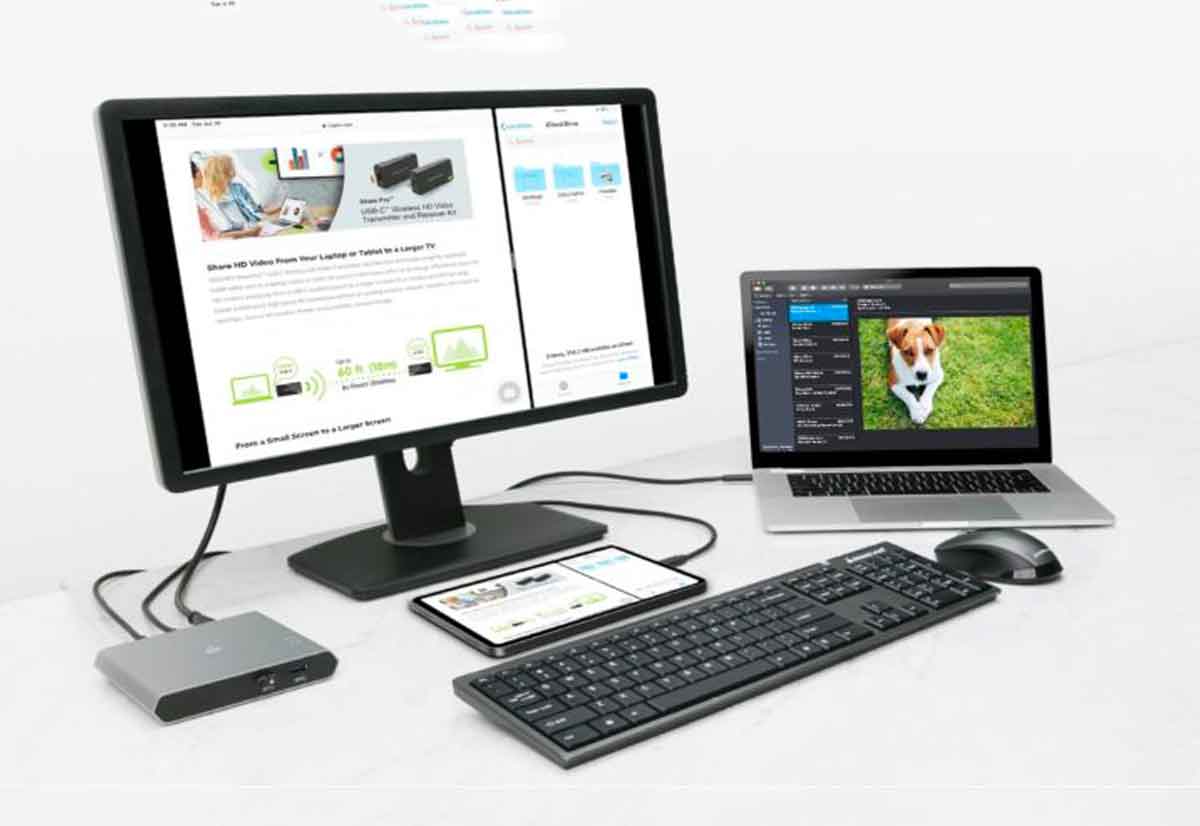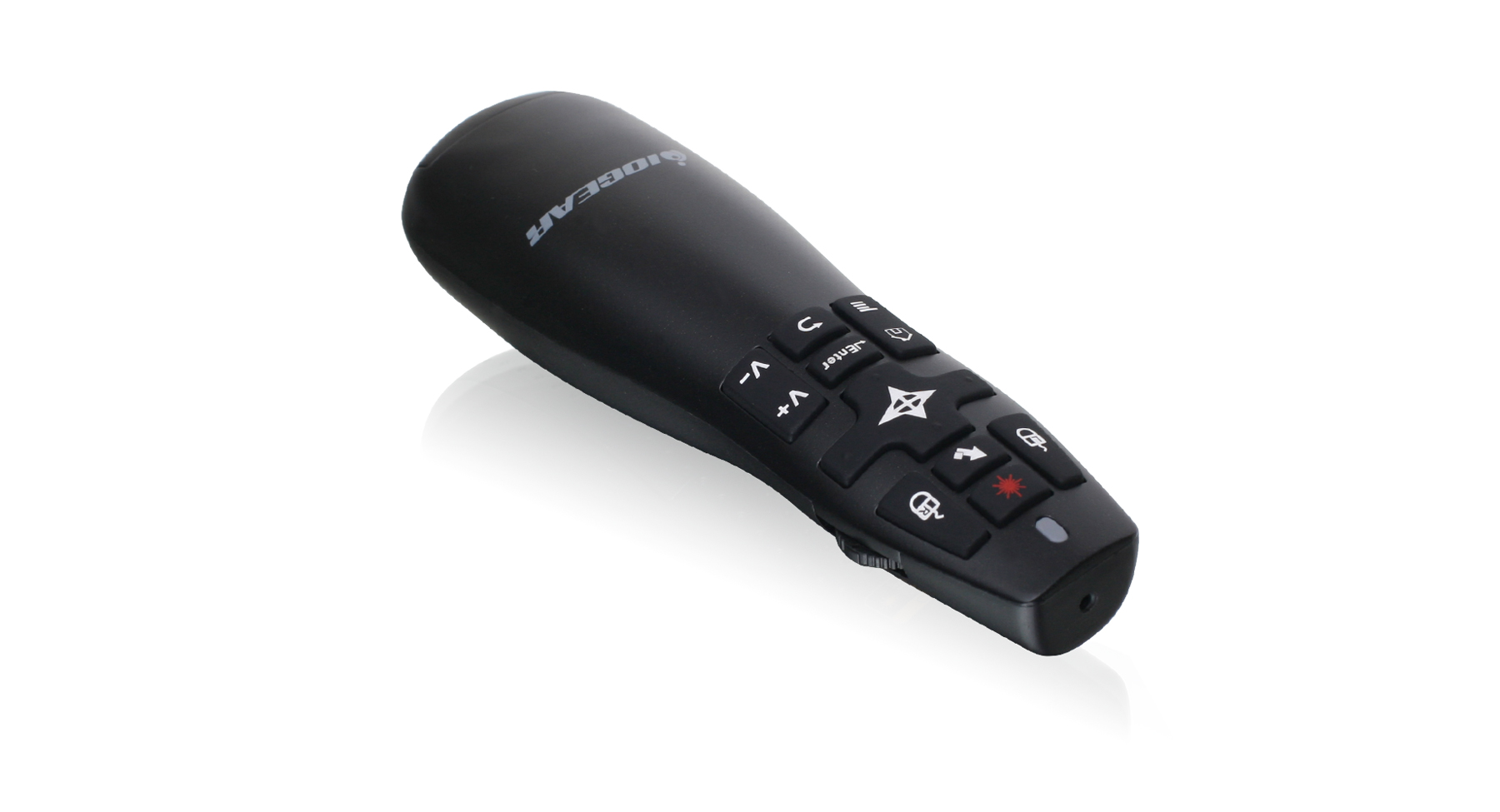


So the little KVM unit comes with all the cables you require - and they are hardwired in. Once you've made the choice between the two 2-port models, IOGear doesn't just make everything else easy, it positively removes any decision making. It's also able to route a single microphone and a single pair of speakers to the two computers it connects to. The 4K model - identifiable as GCS92HU - is the better buy as it can scale up to 4K depending on your display. The difference between the two is that one was for HD or 1080p monitors, while the other supports 4K - both at 60Hz - and also audio. They're priced toward the lowest cost KVMs available, which leads to some compromises. So, what KVM software should you use? Let's explore a few options.IOGear provided two different 2-port KVM models, both with the same overall design, and both with the same overall ease of use. And the best part is that you don't have to press a switch or turn a dial to get the KVM to work. That is because of the ease of use, setup, and customizable configuration. With the transition to virtual KVM, however, the relevance of physical KVM switches is slowly decreasing. The hardware ensures that switching is smooth and that your peripherals work with computers in tandem. What Does a KVM Switch Do?Ī KVM switch is a box-like hardware device that allows one set of peripherals (keyboard, video, and mouse) to access and control multiple computers by pressing a button on the KVM switch or keyboard shortcut. As such, let's explore some apps that allow you to share your keyboard and mouse between multiple computers. But time has changed, the hardware switch eventually got replaced by software KVM. In the days before high-speed internet, Wi-Fi, and USB hubs, a physical "keyboard, video, and mouse" (KVM) switch was a handy tool.


 0 kommentar(er)
0 kommentar(er)
